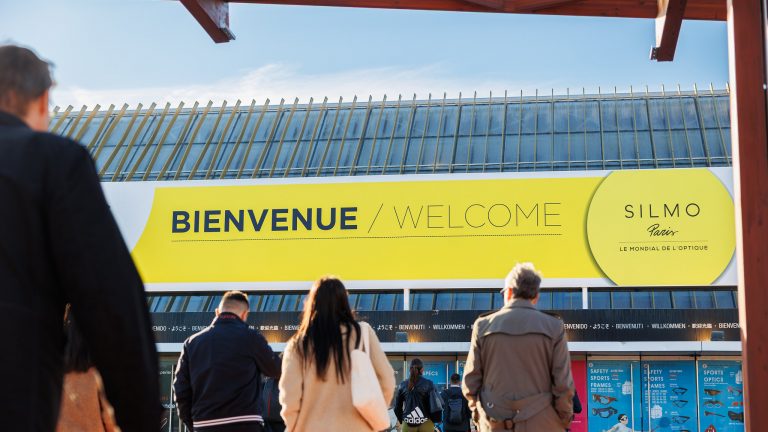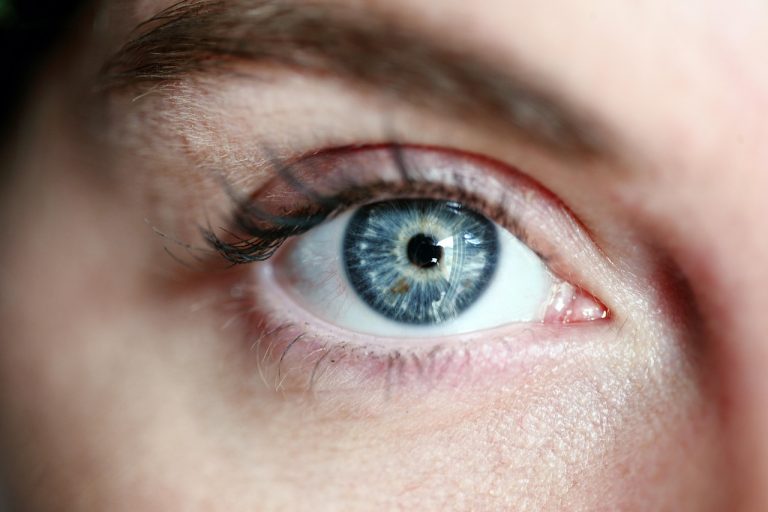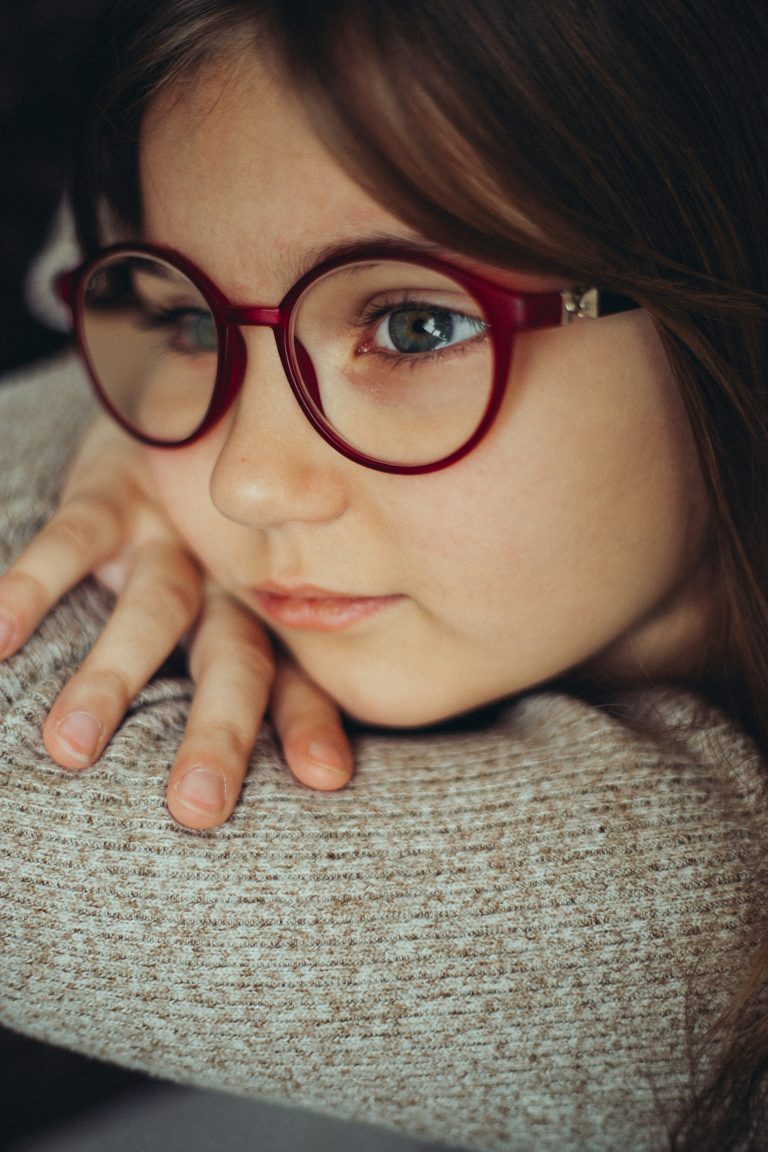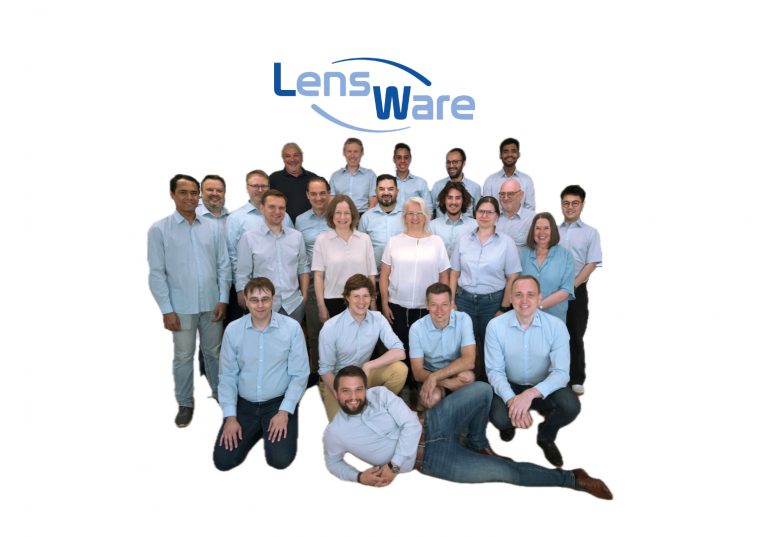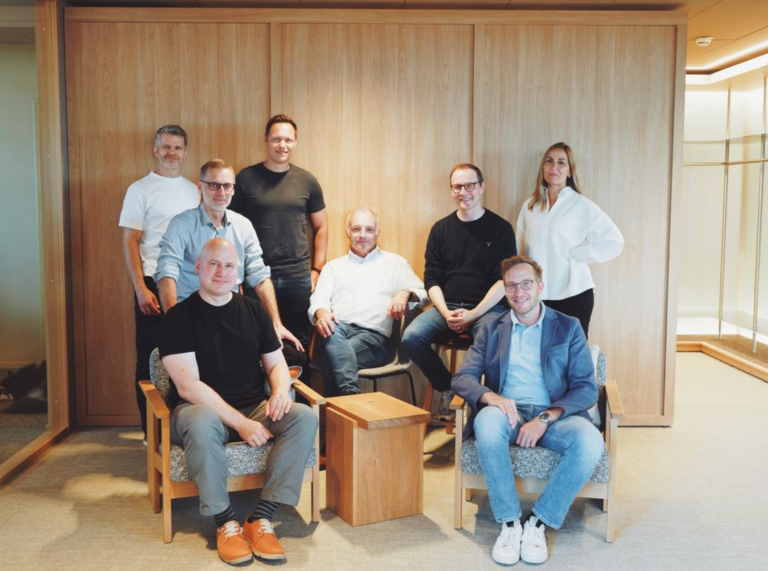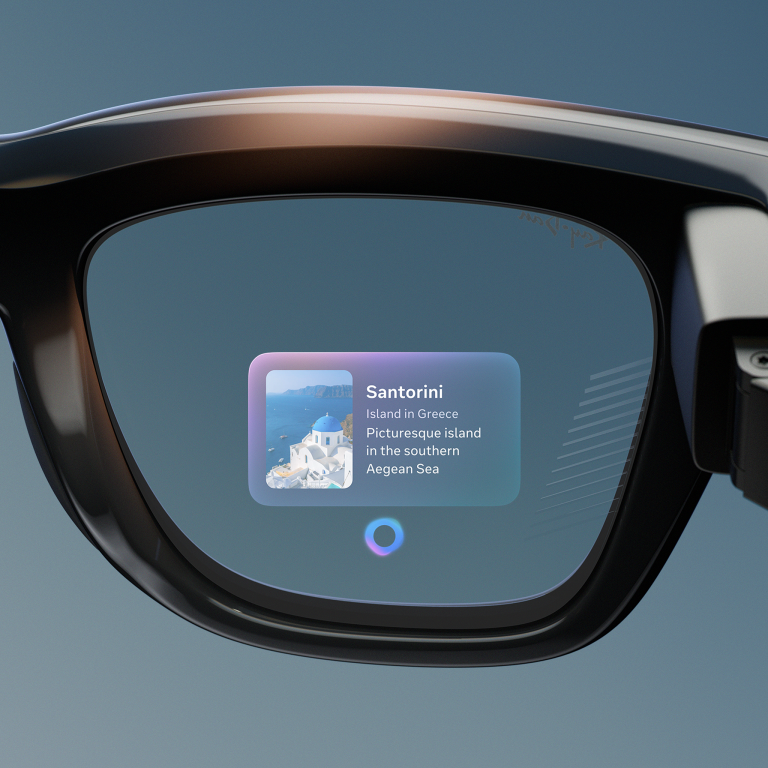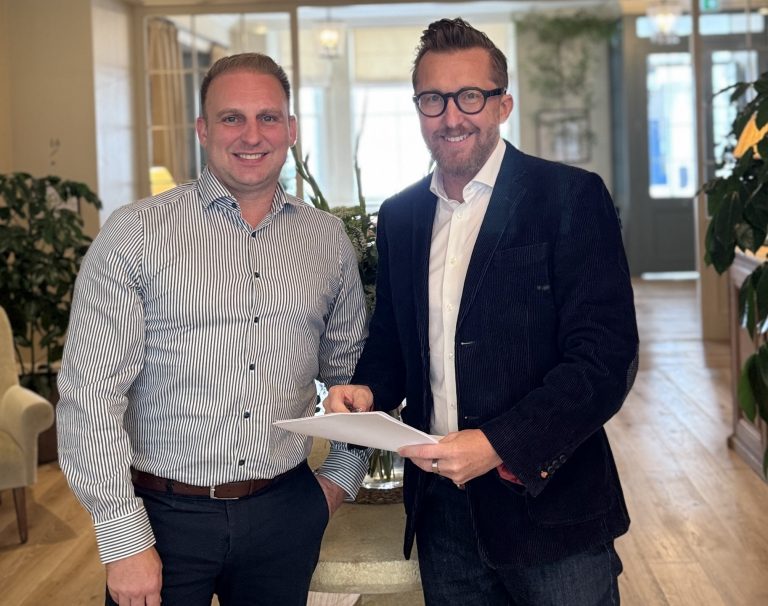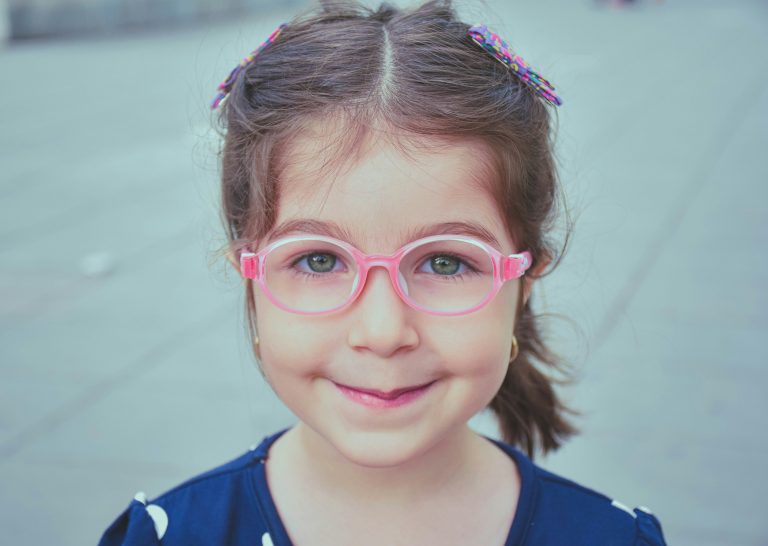Silmo Paris 2025: Where innovation shapes the future of ophthalmic optics
Silmo Paris once again proved to be the global stage for the optical industry’s future. From September 26 to 29, 2025, the event brought together 33,358 professionals — with 52% international visitors — marking a 6.5% increase in attendance.

